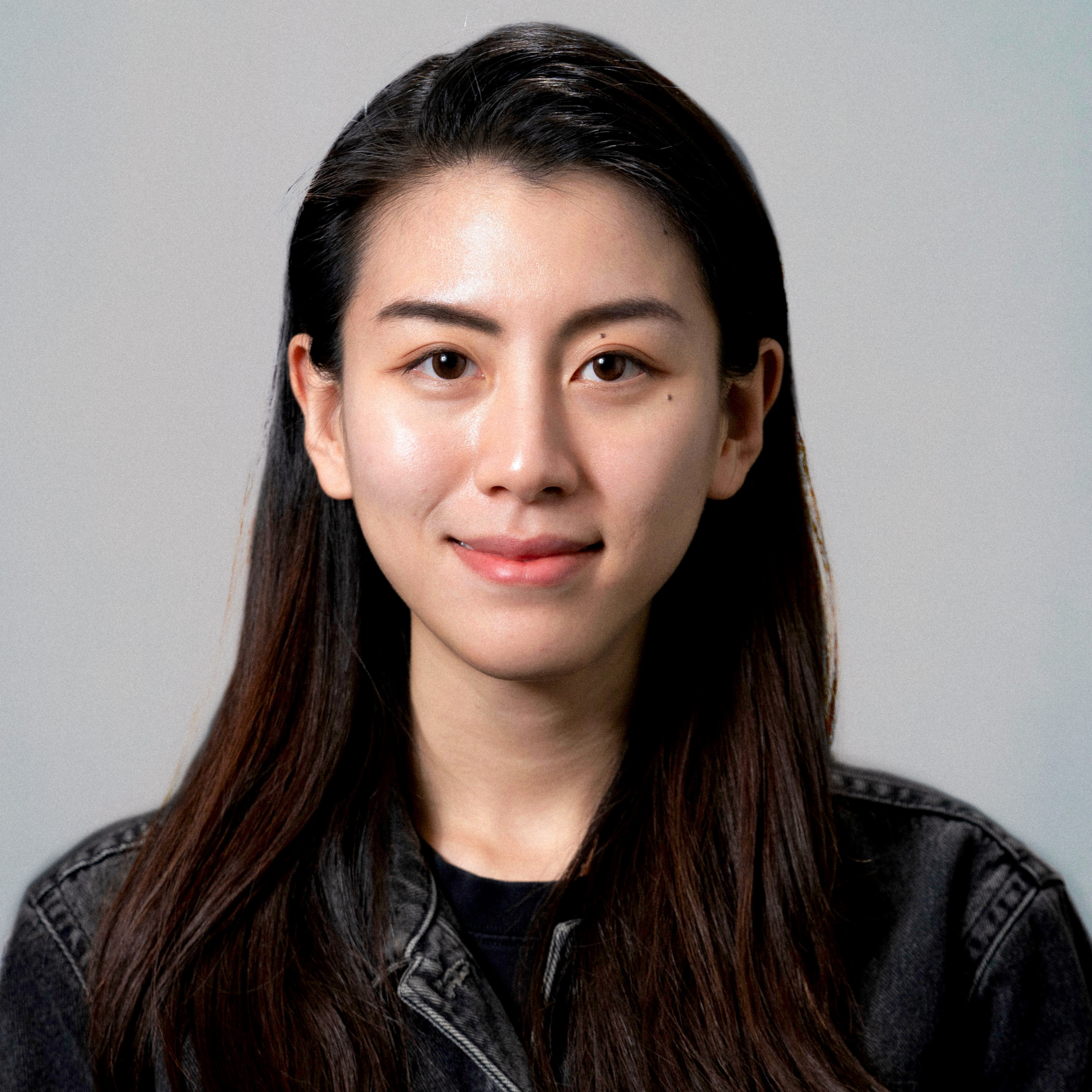Cited By
View all- Cho HWang AKartik DXie EYan YLindlbauer D(2024)Auptimize: Optimal Placement of Spatial Audio Cues for Extended RealityProceedings of the 37th Annual ACM Symposium on User Interface Software and Technology10.1145/3654777.3676424(1-14)Online publication date: 13-Oct-2024
- Dogan MGonzalez EAhuja KDu RColaço ALee JGonzalez-Franco MKim D(2024)Augmented Object Intelligence with XR-ObjectsProceedings of the 37th Annual ACM Symposium on User Interface Software and Technology10.1145/3654777.3676379(1-15)Online publication date: 13-Oct-2024
- Yoshida HItoh S(2024)Modeling by Clipped Furniture Parts: Design with Text-Image Model with Stability UnderstandingProceedings of the 2024 ACM International Conference on Interactive Media Experiences10.1145/3639701.3656315(294-299)Online publication date: 7-Jun-2024
- Show More Cited By




